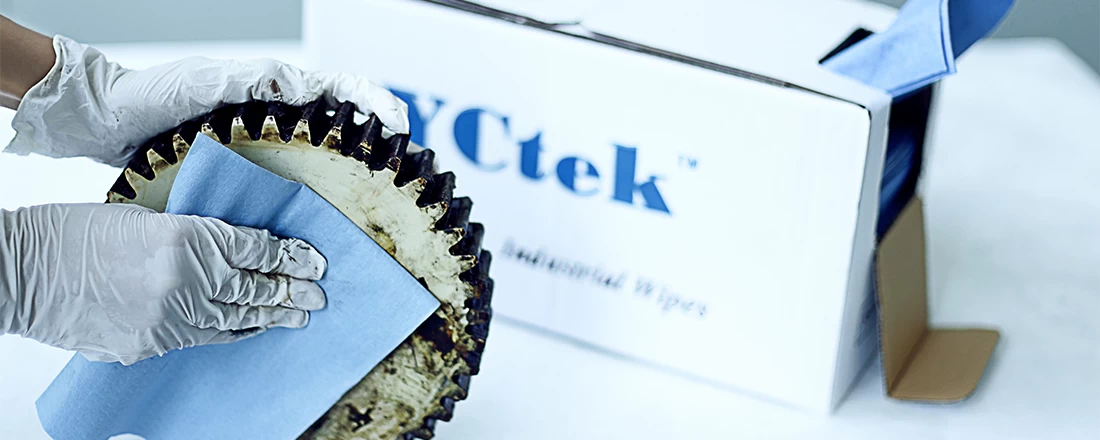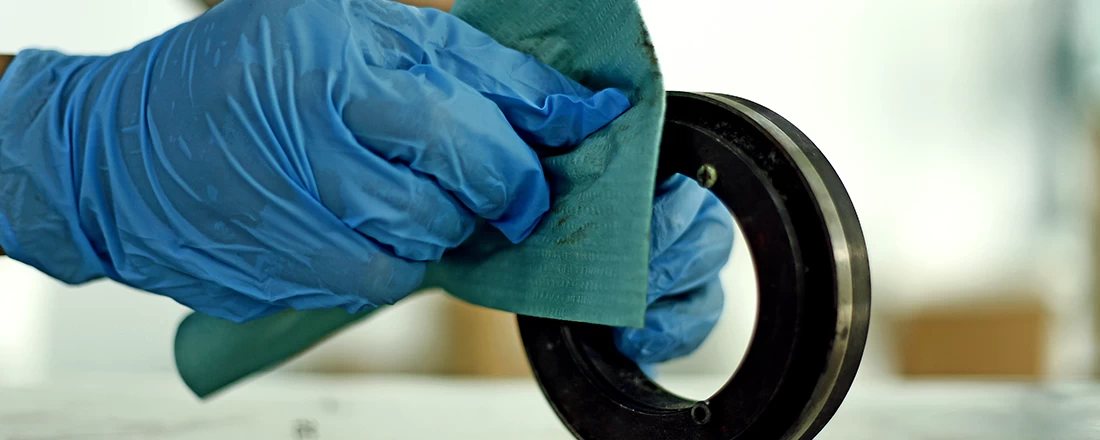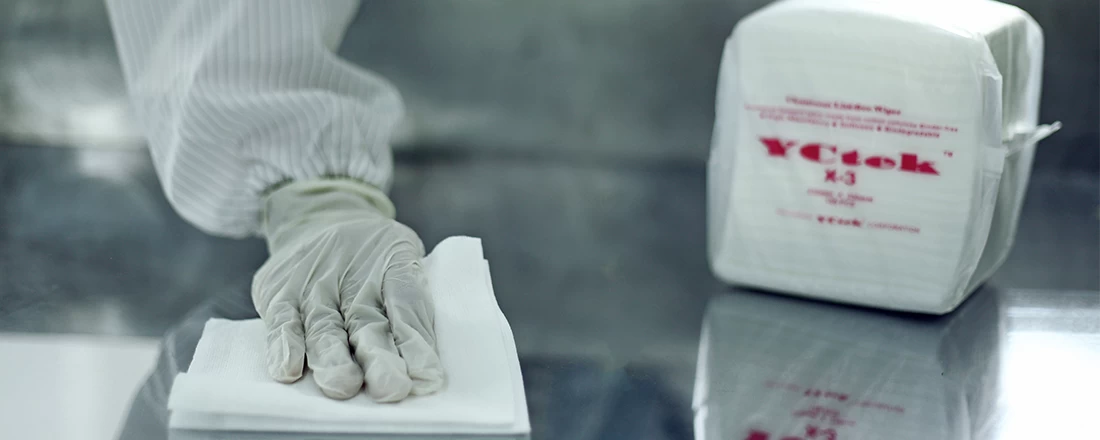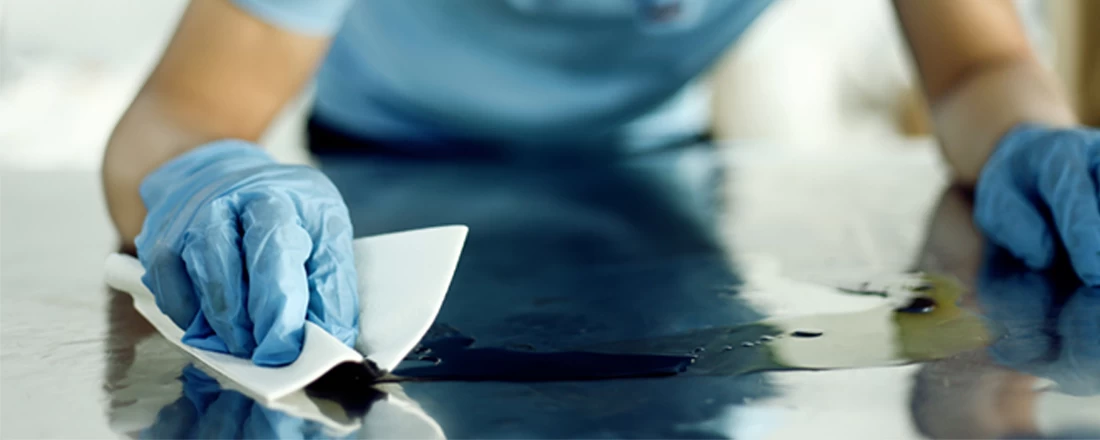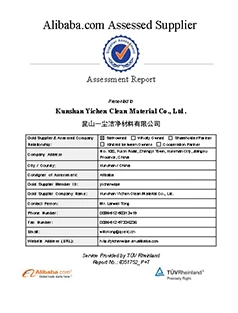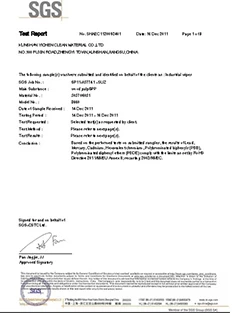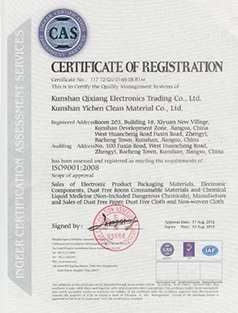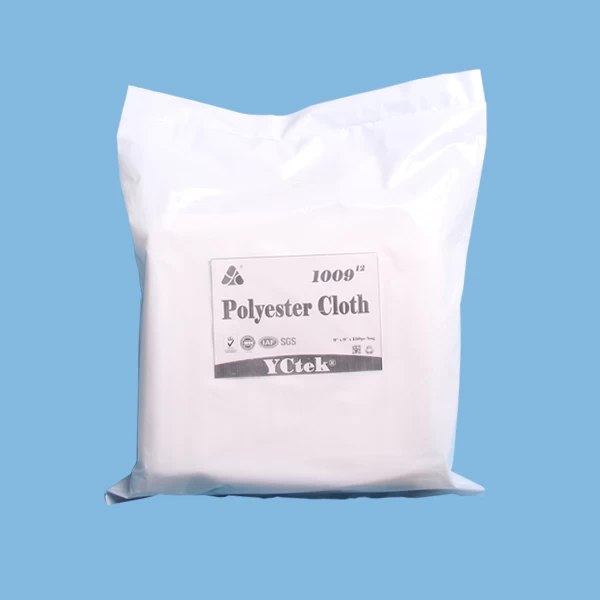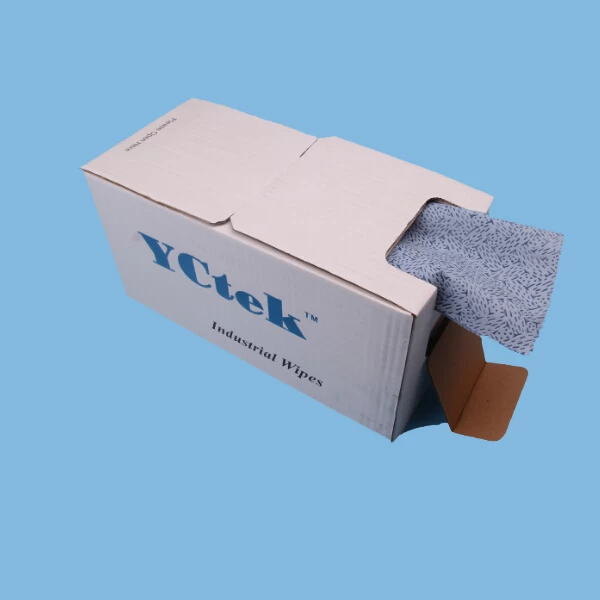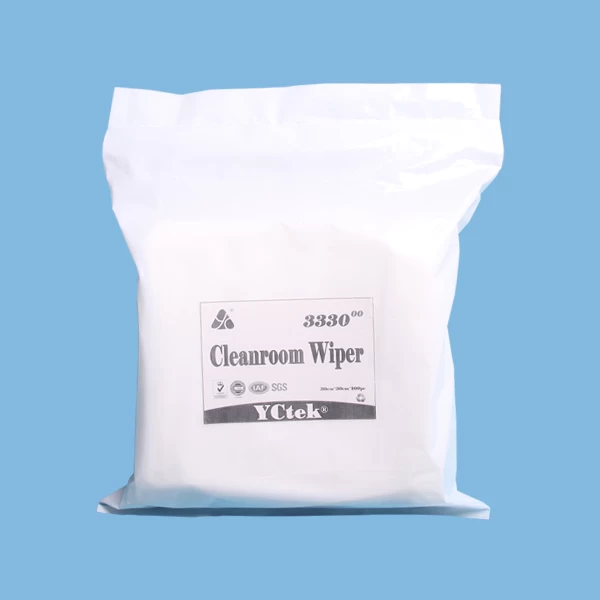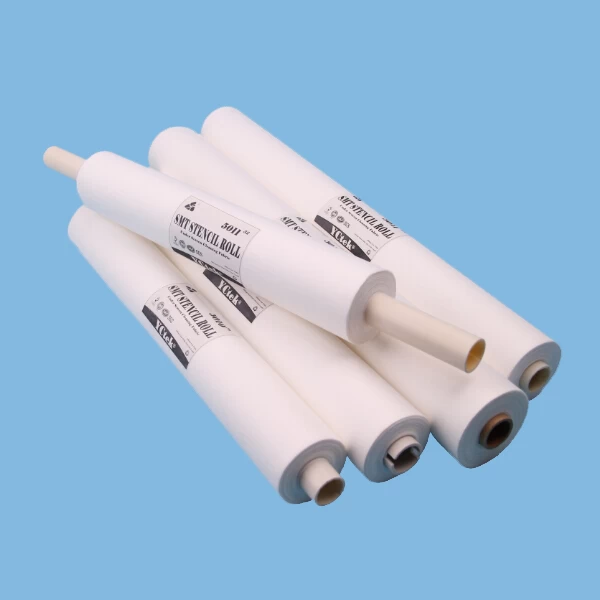Nonwoven of Background and Development
2017-03-30 17:20:06
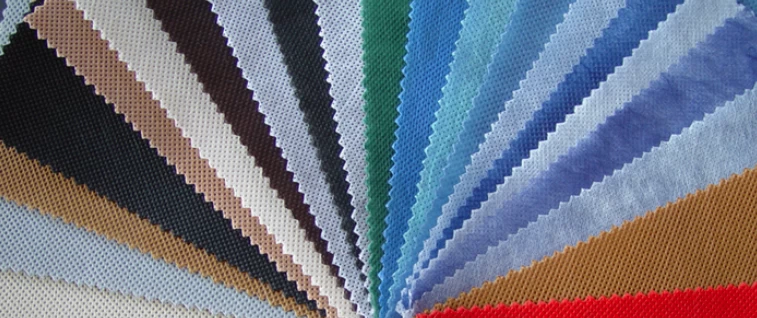
“Nonwoven" is a generic term used to describe a fabric that is produced differently from a fabric made by weaving or, more broadly, a fabric that is different from traditional woven or knitted fabrics. Like all fabrics, nonwovens are planar structures that are relatively flat, flexible, and porous. Unlike traditional fabrics that are made by mechanically interlacing (weaving) or interlooping (knitting) yarns composed of fibers or filaments, nonwoven fabrics are made by mechanically, chemically, or thermally interlocking layers or networks of fibers, filaments, or yarns; interlocking fibers or filaments concurrent with their extrusion; perforating films; or forming porous films concurrent with their extrusion.
The nonwoven fabrics industry is international in scope. The concept of making fabrics directly from fibers on needlepunch machinery achieved commercial viability in North America and Europe in the 1920s. Facilities for producing commercial quantities of fabrics using wet-laid technology were established in the United States during the 1930s. Large-scale commercial production facilities for chemically bonded nonwovens were in operation in the United States during the early 1940s and in Europe and Japan following World War II.
Terminology used in the trade to describe nonwoven fabrics has been coined from the method used to form the web, the technology used to bond the web into a fabric, the forming/bonding combination, and the end-use application. Web formation jargon includes dry laid, carded, crosslapped, garnetted, air laid, wet laid, cylinder formed, extruded, meltblown, cast film, coformed, and flashspun. Terms associated with bonding include mechanically bonded, stitchbonded, needlefelted, needlepunched, spunlaced, jetlaced hydroentangled, apertured, chemically bonded, resin bonded, latex bonded, powder bonded, print bonded, saturated, spray bonded, foam bonded, frothed, thermal bonded, point bonded, and ultrasonically welded. Examples of forming/bonding terms for nonwovens are card/bond and spunbond. Examples of end-use application terminology are disposables, durables, semidurables, coverstock, geotextiles, filter fabric, sorbers, medical dressing, premoistened towelette, and wipe. In addition, nonwovens are often described according to their fiber content such as polyester nonwoven, rayon nonwoven, polypropylene nonwoven, cotton/polyester nonwoven, pulp/polyester nonwoven or polypropylene/pulp nonwoven. Other nonwoven terms frequently encountered include film laminate, composite, SMS, and hybrid.

